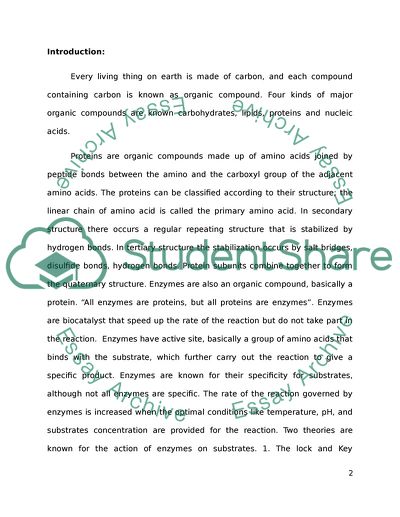Cite this document
(Respective Properties of Macromolecules and Enzymes Research Paper, n.d.)
Respective Properties of Macromolecules and Enzymes Research Paper. Retrieved from https://studentshare.org/chemistry/1545334-macromolecules-and-enzymes
Respective Properties of Macromolecules and Enzymes Research Paper. Retrieved from https://studentshare.org/chemistry/1545334-macromolecules-and-enzymes
(Respective Properties of Macromolecules and Enzymes Research Paper)
Respective Properties of Macromolecules and Enzymes Research Paper. https://studentshare.org/chemistry/1545334-macromolecules-and-enzymes.
Respective Properties of Macromolecules and Enzymes Research Paper. https://studentshare.org/chemistry/1545334-macromolecules-and-enzymes.
“Respective Properties of Macromolecules and Enzymes Research Paper”. https://studentshare.org/chemistry/1545334-macromolecules-and-enzymes.


